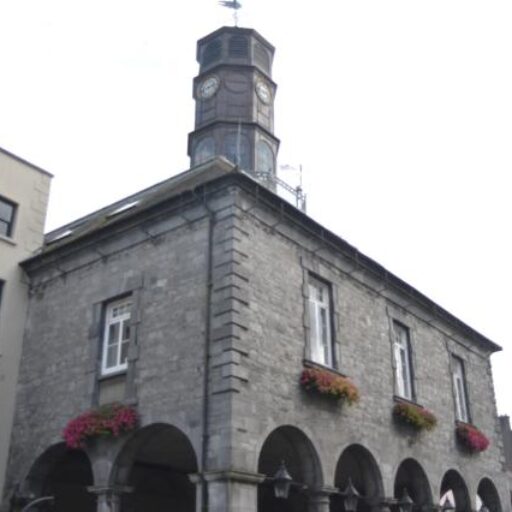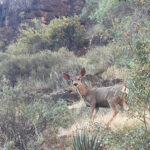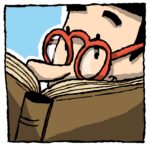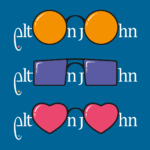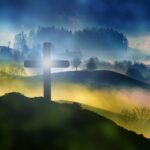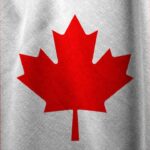A visit to Dublin!
I haven't spent much time in Dublin for many years. My wife spent more time there - she is originally from Dublin - visiting her relatives who live there. I myself lived in Dublin for more than twenty years altogether. That's where I met my wife for the first time. That's where I attended University. That's where I first started working, after getting a job at Córas Impar Éireann (CIE). I grew up and did my thing in Dublin. In short, that's where I spent my youth – sometimes unwisely. BAC is definitely an important part of my history. Therefore, it was about time I spent a few days in this ancient capital to pay my respects to her and to reacquaint ourselves with each other.
First Impressions
We got ourselves a room in the "Herbert Park Hotel" in Ballsbridge for three nights. The hotel is located near Herbert Park, a wonderful park between Ballsbridge and Donnybrook. Sinead's sister lives next to the park and takes her two dogs out for a walk several times a day. We drove from Carrickshock in county Kilkenny up to Dublin and checked into the hotel. Then I drove to the North Wall in the city center to return the car we had rented. I noticed the big changes to the North Wall, with international companies, hotels and restaurants now located there, which were not there once. The economy is booming in the city centre, not only on the North Wall Quay but in various other places, too. I saw the cranes when I was in the taxi going to the hotel. Without a doubt, my first impression of the city was that of a prosperous and flourishing city. I know there are big problems too. For example, I saw the barriers up and down both sides of the Grand Canal – that's not a permanent solution to the lack of housing!
Coláiste na Tríonóide
We got ourselves a room in the "Herbert Park Hotel" in Ballsbridge for three nights. The hotel is located near Herbert Park, a wonderful park between Ballsbridge and Donnybrook. Sinead's sister lives next to the park and takes her two dogs out for a walk several times a day. We drove from Carrickshock in county Kilkenny up to Dublin and checked into the hotel. Then I drove to the North Wall in the city center to return the car we had rented. I noticed the big changes to the North Wall, with international companies, hotels and restaurants now located there, which were not there once. The economy is booming in the city centre, not only on the North Wall Quay but in various other places, too. I saw the cranes when I was in the taxi going to the hotel. Without a doubt, my first impression of the city was that of a prosperous and flourishing city. I know there are big problems too. For example, I saw the barriers up and down both sides of the Grand Canal – that's not a permanent solution to the lack of housing!
The Old Library and Book of Kells
The Long Room is the main room of the Old Library (built between 1712 and 1732), with 200,000 of the oldest books. The roof was raised in 1860 so that more space could be created. There was an illuminated statue of the Earth on display, called Gaia and it was amazing to see it suspended in the air.
The Book of Kells has been on display in the Old Library since the mid-19th century and attracts over 500,000 visitors each year. The book is open to show two pages of the script. We saw pages with a list of names on it – a kind of genealogy. It was a wonderful sight - a book written around 800 A.D.
I would recommend this trip to anyone who would like to get a general overview of Trinity College, and to see the Book of Kells.
National Museum of Ireland
The next day, and our last day in Dublin, we visited the National Museum of Ireland. Sinéad has been there many times before, as she is an archaeologist. But I think, and I'm ashamed of it, that this was my first visit to the National Museum. Well, procrastination often pays off, and that was definitely true for me. We spent two hours there, and we hadn't seen half of what was on display. I will be back to see and learn more. It is a first class institution, no doubt. We saw many prehistoric artifacts from the Bronze Age - the collection of prehistoric goldwork comes from a range of dates between 2200 BC and 500 BC. The Kingship and Sacrifice exhibition was also very interesting - the result of the findings of the National Museum of Ireland's Bog Bodies Research Project, which was established in 2003 after two Iron Age corpses were found in a bog in Oldcroghan, Co. Offaly and in Clonycavan, Co. of Meath. The remains were dated to the period between about 400 BC and 200 BC and were all very well preserved. It was really interesting to see such old remains, being able to see a human body from that period. It's free to visit the National Museum - that's an offer you can't refuse!
